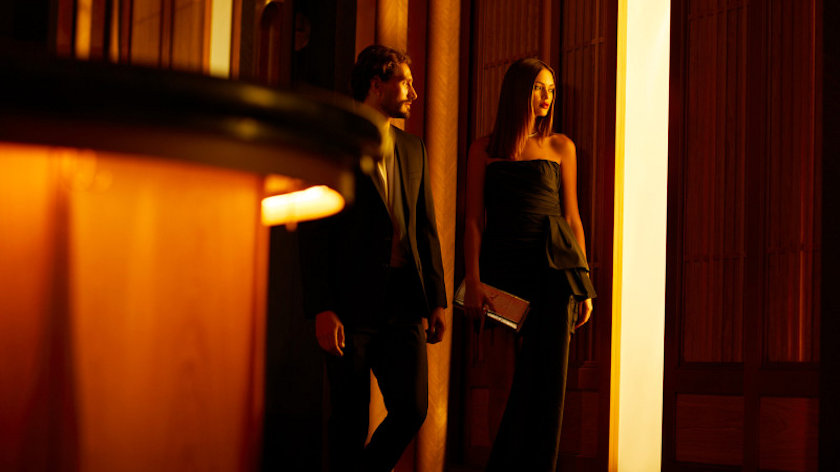Chiswick Auctions is offering two exceptional early Qing Dynasty Chinese Buddhist embroideries, known as thangkas, from the private collection of the former ruler of Nepal, His Highness Maharaja Bhim Shumsher Jung Bahadur Rana and thence by descent, in their upcoming Asian Art sale on Monday, 20th May, 2019.
One of them depicts the Buddhist 18-armed Cundi Bodhisattva, the other King Lama who was responsible for judging souls in the afterlife. Both embroideries are mounted in stunning Ming Dynasty silk brocade. As well as being incredible survivors, they also have an illustrious provenance.
Both pieces are from the collection of the former ruler of Nepal, His Highness Maharaja Bhim Shumsher Rana (1865-1932), who received them as a diplomatic gift from the Chinese Head of state, Chiang Kai-shek (1887-1975), in 1930. They were sent in an effort to avert a major diplomatic incident involving the arrest of a Nepalese citizen in Lhasa, Tibet and were delivered by the Chinese official Ma Fuxiang (1876-1932). Maharaja Bhim Shumsher accepted the gifts but refuted all claims by the Chinese to involve themselves in Nepalese-Tibetan relations and noted that the British led the mediation, which reached a peaceful settlement. They were inherited directly by descent from the 1930s ruler and have never before been offered for sale.
Commenting on these exceptional works, Lazarus Halstead, Head of Asian Art at Chiswick Auctions, said: “These artworks have undeniable visual impact and we are delighted to bring such important and impeccably provenanced Buddhist embroideries to market.”
The first of the two, a stunning Chinese embroidered silk ‘Cundi Bodhisattva’ thangka from the early Qing Dynasty is the only one of its type known. Cundi is a very important Bodhisattva – she is the subject of her cult and entered China in the 8th Century as her own self-contained cult. The thangka features the 18-armed deity, who is seen adorned with elaborate jewellery and is seated in a meditative position on top of a large lotus flower, emerging from a pond. With 16 of the arms holding symbols of methods of enlightenment, the other two pairs are arranged in yogic hand gestures. It is estimated to fetch £40,000-60,000.
The second is a Chinese embroidered silk ‘Lord Yama’ thangka from the early Qing Dynasty, depicting the Lord of the Underworld seated at his desk, being fanned by two assistants. Below a band of stylised waves, the gate of the underworld divides a guardian with a trident to the left of a group of souls crossing a bridge on their way to heaven. Murky waters are depicted above, filled with spirits tormented by monsters, all framed within a Ming Dynasty brocade border estimated to fetch £20,000-£30,000.




